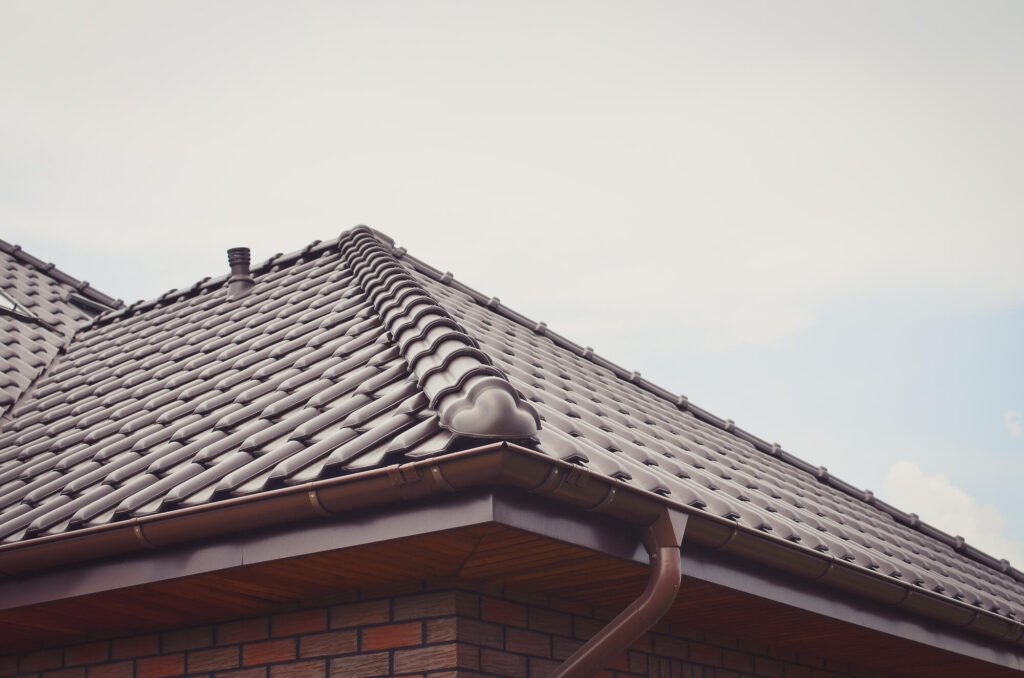
Check out the different levels of security that surround our buildings from top to bottom! If you want to be completely protected from the weather, built-up roofing is like putting on layers of warm clothes. Each layer protects against different elements in a different way.
As a building standard for more than one hundred years, this roofing method is both long-lasting and flexible, making it a great choice for flat or low-sloped roofs. Find out why built-up roofing systems are still the best way to cover your home by peeling back these layers and looking at the different materials that make them up.
What is Built-Up Roofing?
BUR stands for “built-up roofing.” People have been using this style of roofing for over a century.
Several layers of materials, including asphalt roofing (a petroleum-based substance), felts or fabrics, and a surface material like gravel or mineral granules, make up this style of roofing. Stacking them on top of each other creates a waterproof and long-lasting roofing material.
Layers of Protection
Each building has different needs, so the number of layers in a built-up roof design can be different. The base sheet, the ply sheets, and the surface layer are the three main parts that make up most roofs.
Base Sheet
All other components of a roof rest on the base sheet, making it the most crucial component. Strong materials like fiberglass or natural materials like felt or paper typically form these base sheets. Subsequently, they apply a substantial layer of asphalt to enhance their strength and waterproofness.
This first layer is very important because it keeps the roof strong and stable. It also makes the base of the next layers stable, which makes the roof last longer and better able to handle all kinds of weather.
Ply Sheets
Prepare the flat sheets for placement on top of the base sheet. We soak asphalt into many layers of fabrics or felts to make them as strong and long-lasting as possible. Carefully spaced out, these layers are then glued together to make a strong covering that can withstand diverse weather conditions.
Depending on the project or the amount of security needed, the building can have a different number of ply sheets. As a result, you have more options when looking for the best price, performance, and dependability for the roofing system.
Surfacing Layer
The surface layer is the last part of a built-up roofing system. It protects the roof from UV rays, rain, and people walking on it. This layer can be made up of gravel, mineral flakes, or a covering that reflects light to save energy.
Selecting the right materials and professional installation is key to ensuring the longevity and effectiveness of a built-up roofing system. Visiting a site for commercial roofing services can provide valuable insight and expertise, offering tailored solutions that meet specific roofing needs and budget considerations.
Built-Up Roofing: The Ultimate Armor for Your Building
Built-up roofing has been popular in the building business for more than one hundred years and is still a top choice. With its many layers of protection and adaptability, built-up roofing components makes flat or low-sloped roofs very durable and long-lasting.
The next time you see a building with a stacked roof, think about how the different materials work together to keep the building safe. When you use built-up roofs, you can protect your house from any weather.
Does this article help you? Explore our website to find more helpful and fun stories that could help you.